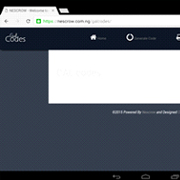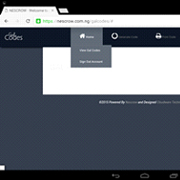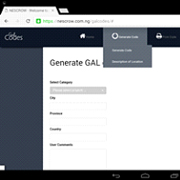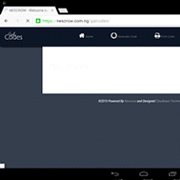Screenshots
A peek into some of the features on GAL Codes Mobile app and Web platform
The Mobile App
The GAL Code application has two parts. There is the mobile app for users and the web application for commercial and enterprise clients. The user app is free while the commercial/ enterprise application is billed on a per transaction basis. The features of the mobile app are as follows
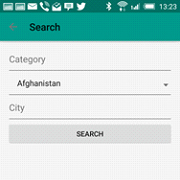

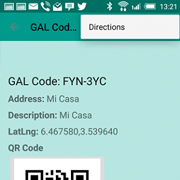
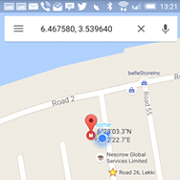
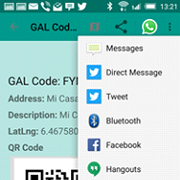






The Web Application
The GAL Code application has two parts. There is the mobile app for users and the web application for commercial and enterprise clients. The user app is free while the commercial/ enterprise application is billed on a per transaction basis. The web application, which is for commercial and enterprise use, has the following features;